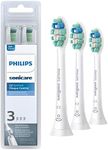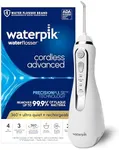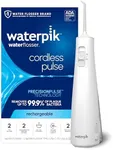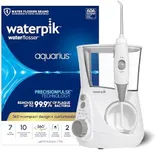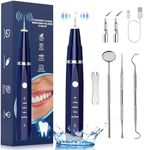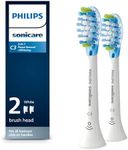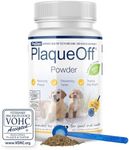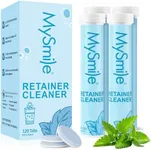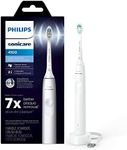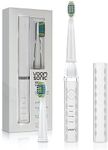Buying Guide for the Best Plaque Removers
Choosing the right plaque remover is essential for maintaining good oral hygiene. Plaque removers help in removing the sticky film of bacteria that forms on your teeth and gums, which can lead to cavities and gum disease if not properly managed. When selecting a plaque remover, it's important to consider several key specifications to ensure you get a product that meets your needs and preferences. Here are the key specs to look out for and how to navigate them.Type of Plaque RemoverPlaque removers come in various types, including manual toothbrushes, electric toothbrushes, water flossers, and dental picks. The type of plaque remover you choose is important because it affects how effectively you can clean your teeth and gums. Manual toothbrushes are simple and affordable but may require more effort to use effectively. Electric toothbrushes offer more power and can be easier to use, especially for those with limited dexterity. Water flossers use a stream of water to remove plaque and can be gentler on gums, making them a good choice for people with sensitive gums or braces. Dental picks are small tools that can help remove plaque from hard-to-reach areas. Consider your personal preferences, dental needs, and any recommendations from your dentist when choosing the type of plaque remover.
Bristle TypeThe bristle type of a toothbrush or dental pick is crucial for effective plaque removal and gum health. Bristles can be soft, medium, or hard. Soft bristles are gentle on the gums and are recommended for most people, especially those with sensitive gums or gum disease. Medium bristles provide a balance between cleaning power and gentleness, suitable for people with healthy gums. Hard bristles can be more effective at removing plaque but may cause damage to the gums and enamel if used too aggressively. It's generally best to start with soft bristles and consult your dentist if you're unsure which type is right for you.
Brush Head Size and ShapeThe size and shape of the brush head can impact how well you can clean different areas of your mouth. Smaller brush heads can reach the back teeth and other hard-to-reach areas more easily, making them a good choice for people with smaller mouths or those who struggle to clean their back teeth. Larger brush heads can cover more surface area at once, which might be more efficient for some users. The shape of the brush head can also vary, with some being more rounded and others more rectangular. Choose a brush head size and shape that feels comfortable in your mouth and allows you to clean all areas effectively.
Battery Life and ChargingFor electric toothbrushes and water flossers, battery life and charging options are important considerations. A longer battery life means you won't have to charge the device as often, which can be more convenient, especially for travel. Some devices come with rechargeable batteries, while others use replaceable batteries. Rechargeable batteries are more environmentally friendly and cost-effective in the long run. Consider how often you use the device and whether you need a long-lasting battery for your lifestyle.
Additional FeaturesMany plaque removers come with additional features that can enhance your oral care routine. For example, electric toothbrushes may have multiple brushing modes (such as sensitive, whitening, or deep clean), timers to ensure you brush for the recommended two minutes, and pressure sensors to prevent you from brushing too hard. Water flossers might offer adjustable water pressure settings and different nozzle types for various cleaning needs. Consider which features are important to you and can help you maintain better oral hygiene. These features can provide a more customized and effective cleaning experience.
